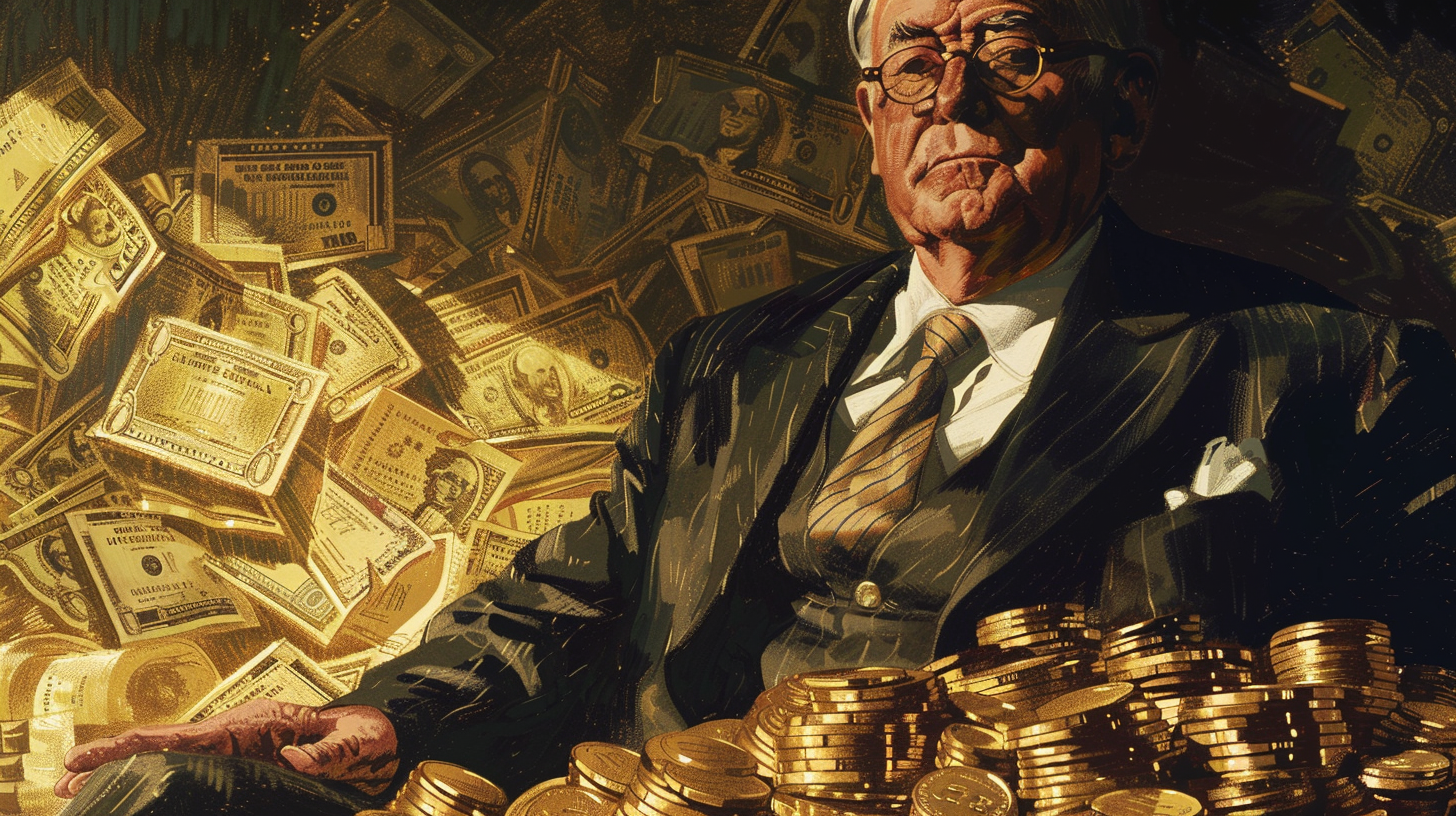Silver’s Message: The Bull Is Alive and Well
By Jeff Clark from Casey Research
Some readers may want to toss a rotten tomato at the second part of that headline given stubbornly weak metals prices, but let’s see if the data we’ve uncovered below will lower that cocked arm.
As of last Friday, silver is down 32% on the year, and down a whopping 55% since its $48.70 high on April 28, 2011. The bear market cycle is now two-and-a-half years old, and no one can say with absolute certainty that the bottom is in.
Sounds like an investment to avoid.
For now, let’s ignore the fundamental argument for silver – an alternative currency that, like gold, will sooner or later respond to the historic levels of currency dilution throughout much of the developed world – and consider the behavior of investors. In response to the price drubbing, have they abandoned the silver market? If that were so, it might be a warning sign that we’ve overstayed our welcome.
Silver on Trial
If I were on trial for claiming the bull market were alive and well, here are some of the exhibits I would present to the court:
Exhibit #1: SLV Holders Defy GLD Sellers
“Your honor, I first present the following chart. Check out the metal holdings of SLV (iShares Silver Trust) vs. GLD (SPDR Gold Trust) year-to-date.”
(Click to enlarge)
Very curious. SLV is down 28.1% YTD, and was off as much as 39% on June 27. Normally, you’d expect to see significant outflows of metal from the fund in such a downdraft – but that didn’t happen, in spite of the exodus that did occur in the major gold ETF, GLD.
To be sure, there are some ownership differences between the two funds. For example, institutional investors comprise roughly 40% of GLD, but only 14% of SLV.
However, if the bull market in precious metals were over, one would think both funds would see massive selling and outflow of metal from the crash in prices. That hasn’t happened, and this lack of selling by retail and even institutional investors shows just how confident they are in the long-term prospects for the metal.
Some investors may be buying silver because they believe the economy is improving, since roughly half of silver’s use is industrial. But the low fluctuation in fund holdings implies the make-up of investors hasn’t shifted that much – i.e., most of the investors that bought earlier for monetary reasons remain invested. If they believed those selling their GLD shares were correct, they’d be selling their silver too. They’re not.
Exhibit #2: India Defies Gold Restrictions and Loads Up on Silver
“Your honor, the data coming out of India regarding silver imports demand attention. Here’s the picture since 2008.”
(Click to enlarge)
Through August of this year, India has imported 128.6 million ounces (Moz) of silver, more than double the 61 Moz brought into the country in all of 2012. Put another way, in just eight months, Indians have already imported 16% of the 787 Moz of silver mined globally in 2012.
There are strong reasons to believe the trend will continue…
- The Diwali festival, one of the most favorable events for purchasing precious metal jewelry and gifts, gets under way in early November.
- A strong monsoon season boosted agricultural harvests this year, increasing disposable incomes.
It is thus reasonable to suggest that India will import more than 20% of last year’s total worldwide silver production, and imports will exceed 2008’s record year of 161.6 Moz.
It’s true that some of the jump in silver demand is a result of the anti-gold steps taken by the Indian government. Their interventions have squeezed supplies and made gold more expensive and more difficult to obtain – and some citizens have naturally turned to silver as a substitute.
It is for this reason that many analysts expect India to continue on this torrid pace of silver imports over the coming years.
Exhibit #3: Bullion Buyers Defy ETF Sellers
“Lastly, your honor, bullion investors see ongoing concerns about the fiscal and monetary state of many developed countries and, in response to weak bullion prices, have stepped up their silver purchases.”
Here’s a chart of the annual sales of silver American Eagles from the US Mint since 2008. The data for 2013 are through October 16.
(Click to enlarge)
The US Mint has sold 37.7 million silver Eagles so far this year, an amount that already exceeds all of 2012 by 10%. It’s just 7% below 2011’s record year, so, like Indian silver imports, we’ll almost certainly see a new record by year-end.
Notice also how sales increased in response to the price crash this year. Why would investors buy more metal when the price was halved? Only if they believed there were very strong reasons it would go back up.
The Royal Canadian Mint reported that “year-to-date, we’ve had record volume for silver Maple Leafs, the greatest we’ve had in the over 25 years that we’ve produced them.” This is interesting, the spokesperson added, because “the Northern Hemisphere summer is traditionally a slow time for coin and metal sales, but that’s not the case this year.”
The Verdict
“Your honor, the evidence clearly suggests that the bull market in precious metals is far from over – in spite of the mainstream media ignoring the strong trends underpinning this market. If it were time to exit this industry, we wouldn’t see SLV holders refusing to sell, Indians buying record amounts of silver, and retail investors hoarding silver bullion at historic levels.”






 As fiscal imbalances persist, driven by coercive measures and artificial currency creation, the middle class faces erosion and purchasing power dwindles. But as the world hurtles towards a potential reckoning, the lingering question remains: can this precarious balance last, or are we teetering on the brink of a cataclysmic economic shift?
As fiscal imbalances persist, driven by coercive measures and artificial currency creation, the middle class faces erosion and purchasing power dwindles. But as the world hurtles towards a potential reckoning, the lingering question remains: can this precarious balance last, or are we teetering on the brink of a cataclysmic economic shift? Beneath the veneer of headline job gains, the American economy teeters on the brink: native employment dwindles as part-time and immigrant jobs surge. Government hiring camouflages looming recession warnings. Inflation and political blunders worsen the crisis, fueling public outrage at the establishment’s mishandling of the economy.
Beneath the veneer of headline job gains, the American economy teeters on the brink: native employment dwindles as part-time and immigrant jobs surge. Government hiring camouflages looming recession warnings. Inflation and political blunders worsen the crisis, fueling public outrage at the establishment’s mishandling of the economy. On April 5 1933, Franklin D. Roosevelt abandoned the gold standard, wielding questionable legal power amidst America’s dire economic depression. His whimsical approach to monetary policy, including coin flips and lucky numbers, unleashed unprecedented inflation and price increases that have since amounted to nearly 2500%. Our guest commentator explores this tragic history and the legacy […]
On April 5 1933, Franklin D. Roosevelt abandoned the gold standard, wielding questionable legal power amidst America’s dire economic depression. His whimsical approach to monetary policy, including coin flips and lucky numbers, unleashed unprecedented inflation and price increases that have since amounted to nearly 2500%. Our guest commentator explores this tragic history and the legacy […] Welcome to the world of modern economics where the term “inflation” no longer signifies the increase in the quantity of money, but has evolved into a plethora of buzzwords. From “shrinkflation” to “greedflation,” these new terms and semantic shifts are by no means harmless but a manipulation of popular sentiment. Von Mises said they play […]
Welcome to the world of modern economics where the term “inflation” no longer signifies the increase in the quantity of money, but has evolved into a plethora of buzzwords. From “shrinkflation” to “greedflation,” these new terms and semantic shifts are by no means harmless but a manipulation of popular sentiment. Von Mises said they play […] Assuming CPI measurements are not understatements, the dollar’s value has plummeted by a staggering one-fifth since 2020, yet, rather than acknowledging its role in fueling this economic turmoil, the Biden administration deflects, casting capitalism and corporate greed as the villains. The latest February CPI data show more signs of the upcoming inflation bloodbath.
Assuming CPI measurements are not understatements, the dollar’s value has plummeted by a staggering one-fifth since 2020, yet, rather than acknowledging its role in fueling this economic turmoil, the Biden administration deflects, casting capitalism and corporate greed as the villains. The latest February CPI data show more signs of the upcoming inflation bloodbath.
Leave a Reply